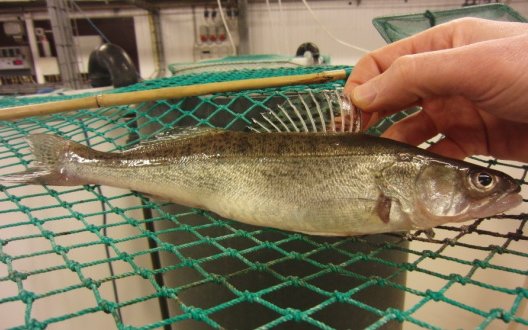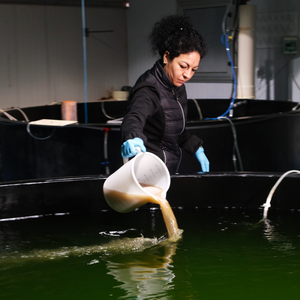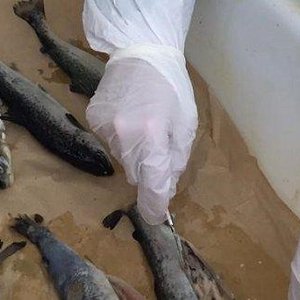Pikeperch (Sander lucioperca) is considered to have a high potential for aquaculture diversification in Europe. The bio-economic feasibility of pikeperch intensive rearing has been demonstrated with low survival, high cannibalism and deformity rates as the main bottlenecks in early stages.
To improve the production of pikeperch juveniles under recirculation, a team of French and Spanish researchers tested a pilot-scale larval rearing system combining environmental, feeding and population factors.
Considering the main significant effects observed on survival, growth, swim bladder inflation rates and biomass gain, a favorable combination of twelve abiotic, feeding and biotic factor modalities was identified for pikeperch rearing in RAS:
- Initial density: 100 larvae per liter.
- No sorting of fish jumper.
- No sibling population
- Eggs from large females.
- Discontinuous feeding.
- No co-feeding.
- Light intensity: 50 lux.
- Weaning begins at 16 dph.
- Weaning duration: nine days.
- Water renewal rate: 100% per hour.
- Tank cleaning during the morning.
- Tank bottom-up water current.
Researchers performed a final trial to validate the best productive results obtained over the global experimental period (2015-2018). These results were a final body weight of 815.64 ± 95.34 mg, a survival rate of 16.9 ± 1.7%, a specific growth rate of 15.1 ± 5.9% d-1, final fish biomass of 9.55 ± 0.23 kg, a swim bladder inflation rate of 92.6 ± 3.2% and a food conversion rate of 0.65 ± 0.02 (dry food). The final stocking density was 13.6 kg m-3 of rearing volume.
“We have identified and validated a combination of modalities of twelve abiotic and biotic factors that ensures the production of pikeperch juvenile with reliable performances. The proposed protocol has some limits for know-how transfers at the fish farmer level, and it may be easily improved,” researchers said.
Download the study here.
Photo source: Diversify.













